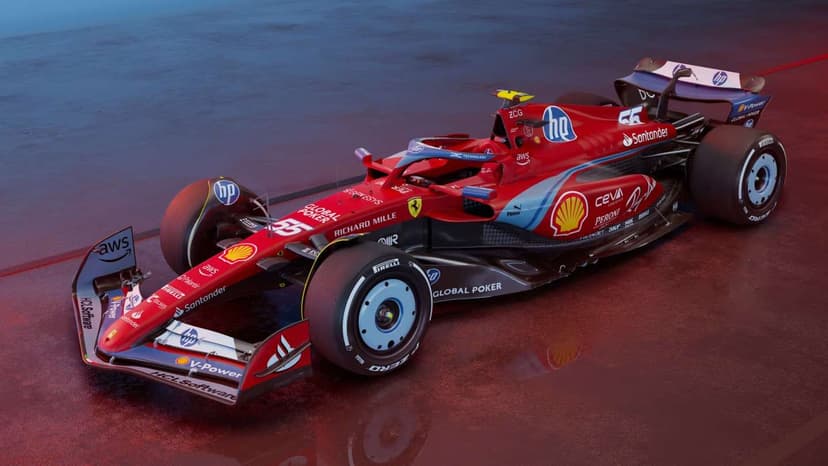
[Discussion] Can Hamilton Make Ferrari Magic Happen?
As an F1 fan in India, I wonder if Lewis Hamilton's move to Ferrari, after 12 years with Mercedes, will bring them their first drivers' title since 2007.

vaah. Finally F1 fan here

Insane news. Also Sainz to AMG straight swap I think
He’s too good to be out of a seat this year

Silly season is here with so many contracts up for renewal. Sainz will have to grab any opportunity that comes across. He is too good to not be in F1 compared to some other drivers today.

As an F1 fan in India, I wonder if Lewis Hamilton's move to Ferrari, after 12 years with Mercedes, will bring them their first drivers' title since 2007.

The new HP sponsorship looking hella weak. I guess they need that money for Lewis Hamilton+Adrian Newey salary. 😂 Thoughts?


Good work by ALO in putting that shitbox Aston Martin in P3. Any F1 fans here?
